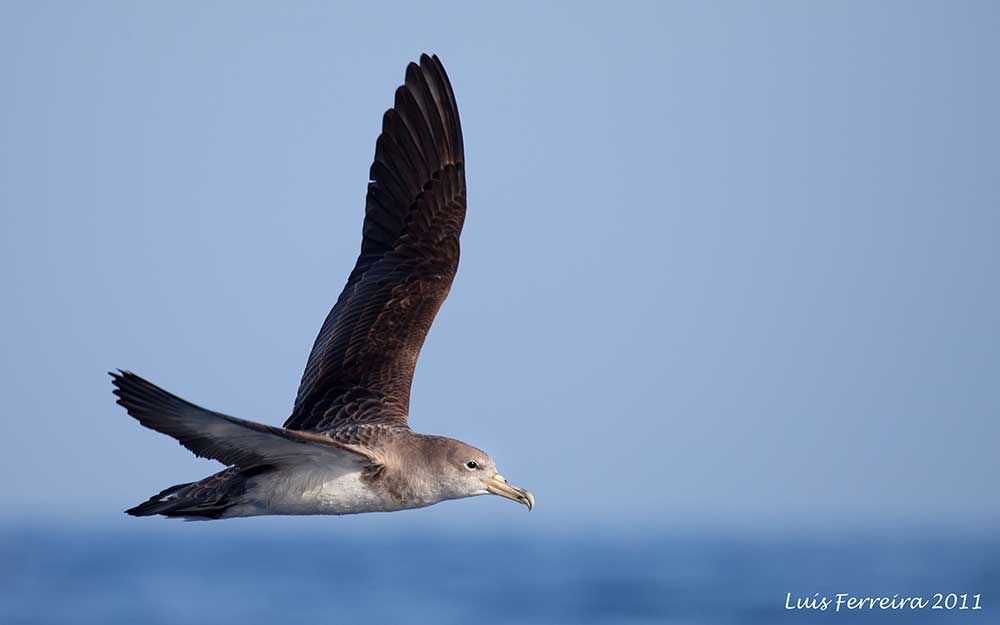Rivelazione di nanoanticorpi in tracce con tecniche di risonanza plasmonica di superficie
Bruno Tiribilli 1, Giancarlo Margheri 1, Federica Pierucci 2 , Ambra Vestri 2, Elisabetta Meacci 2
1 Istituto dei Sistemi Complessi, del Consiglio Nazionale delle Ricerche, via Madonna del Piano 10, 50019, Sesto Fiorentino (FI).
2 Dipartimento di Scienze Biochimiche Sperimentali e Cliniche “Mario Serio”, Università di Firenze, Viale G B Morgagni 50, 50134 Firenze.
Finalità del progetto
Scopo finale del progetto è l’applicazione della tecnica Surface Plasmon Resonance (SPR) alla rivelazione di un particolare nanoanticorpo, specifico per la sfingosina-1-fosfato (S1P), un importante agente in diverse vie metaboliche, ad esempio nel citoplasma cellulare, dove è stata dimostrata la sua funzione di regolazione dei flussi di ioni Ca2+.… Read the rest

